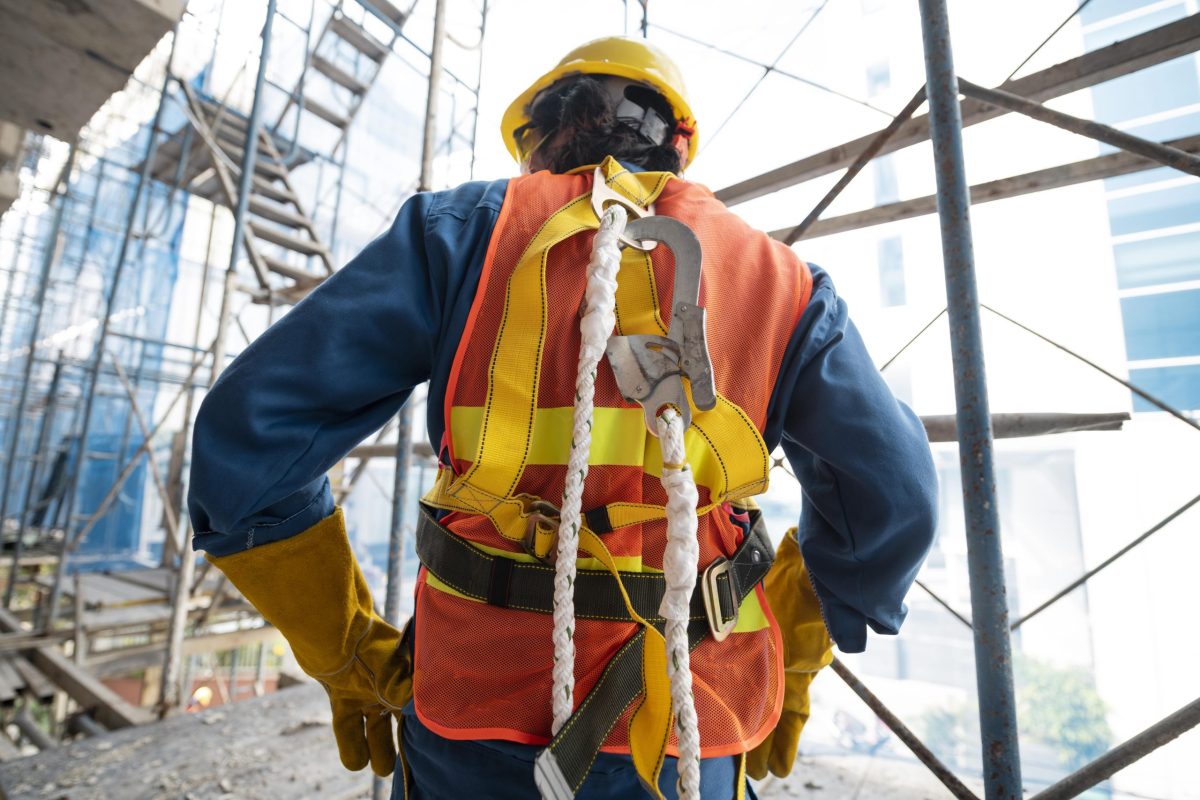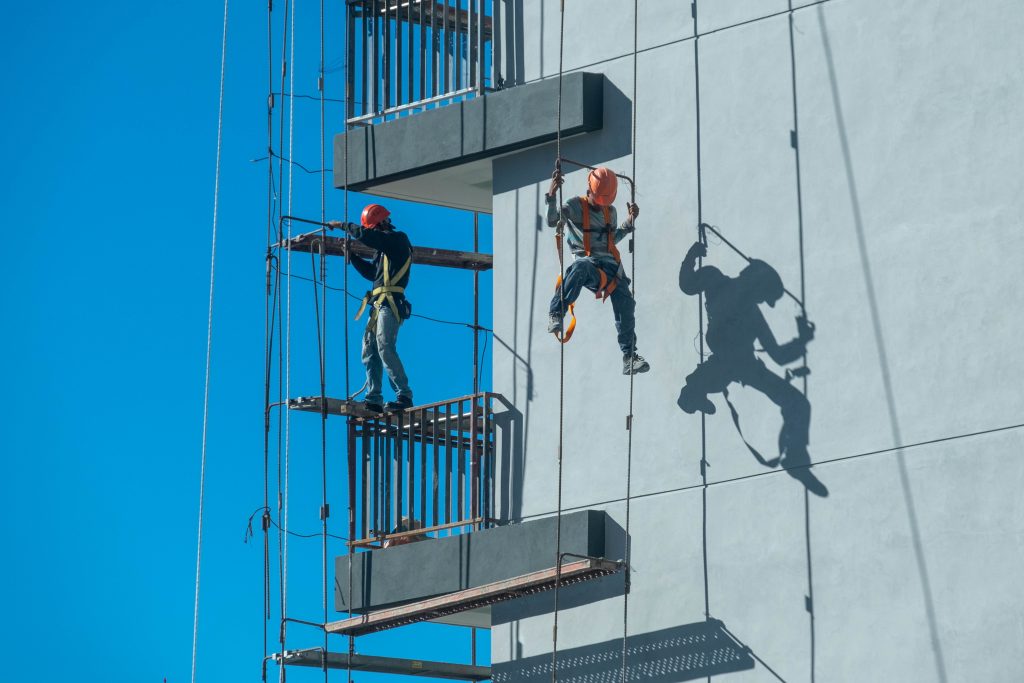As an employer, it is your job to ensure that all of your staff are fully trained to do the job you employ them to do. Even more so when this entails working at height. Every year 29 people die from workplace-related accidents, with approximately 11% of those fatalities resulting from falls in the height safety industry. A typical fall from a height workplace-related injury can result in 6 weeks off work and a compensation payment of $140,000. (SafeWork Australia).
If those numbers seem shocking to you, then as an employer, you need to partner with a leading height safety edge solutions company like Rapid Heights Safety that can ensure you are reducing the risk of falls, injury, or death within your company.
What Does Working At Height Mean?
Working at height means working above ground level. This is using ladders, sweets, climbing stairs to complete jobs, on scaffolding, mobile elevated working platforms, staging, and more.
While most people think working at height means working skyscrapers or roofing, it means working on something that fits you off the ground, be it moving or stationary. Employers, contractors, subcontractors, and even the owner can often misunderstand this concept. Any type of work being carried out where someone needs to be off the ground requires training, safety equipment, and edge protection systems from an expert company such as Rapid Height Safety.
Why Do You Need Height Safety Training?
Working at an elevated level puts people at a higher risk of falls. Working with technology or machinery at height further increases this risk. A lack of training, and you can see where this is going. All employees who need to work directly with or on machinery that raises them off the ground or work in an environment that uses such equipment need to be fully trained in all safety aspects by law.
According to the Work Health and Safety Regulation 2011 (Cth), all employers must have training and safety measures in the palaces where there is a risk of falling two to three meters, depending on the work setting
All employees need to understand the risks associated with such working conditions and are required to undergo training to ensure they comply and they can work safely when using lifting tools and equipment.
How Employers Should Train Employees in Working At Height Safety
In the first instance, you need to ensure everyone is fully trained to do the job role they have been hired to do. This can ensure that they are able to work correctly when working at height and they are competent and proficient at the job at hand. It should be also considered:
- Employers should focus on making the training fun and engaging. This will help you capture and keep employees’ attention and ensure nothing is missed. All training needs to be interactive, with everyone able to physically demonstrate what they should and shouldn’t do when working at height.
- The use of safety signs and equipment should be liberal to ensure that safety remains at the forefront of everyone’s mind, especially when in close proximity to lifting equipment or on lifting equipment.
- Everyone needs to be aware of the safety requirements of each piece of equipment they are using, including bosses.
- Weight limits, safety precautions, safety equipment, and handling techniques should be second nature to everyone and followed exactly with further training and intervention carried out should employees not be following procedures.
- Know your risks and hazards within the workplace and have a risk management plan in place to ensure nothing is overlooked and everyone is working as safely as possible.
Carry out regular inspections to look for changes to the condition of equipment and monitor usage, faults, and repairs required and completed to ensure you maintain proper safety standards and the lifting equipment is fit for use at all times.
Work With Rapid Height Safety
At Rapid Heights Safety, we have a range of working-at-height safety edge options that meet the latest guidelines to ensure your employees are able to work safely and securely above ground level at all times and minimise the risk of falls.
Our installation processes meet all work health systems and Australian standards of Safe Work Australia Section NZS 4994.1, and all of our safety solutions have undergone rigorous testing with our expert and knowledgeable staff to ensure high quality and compliance.
We can work with you to provide customised options for your needs; whether you need edge protection for balconies, curbs, open slabs, facades, or any other type of edge solution, we can help.








